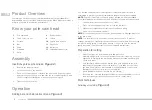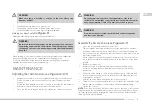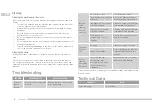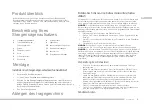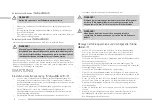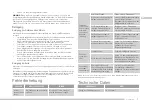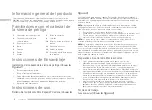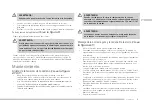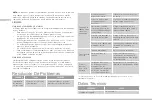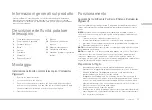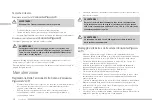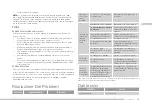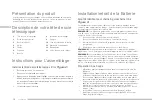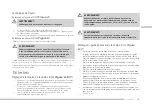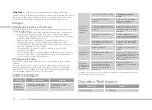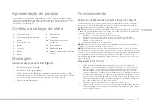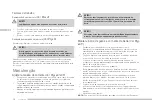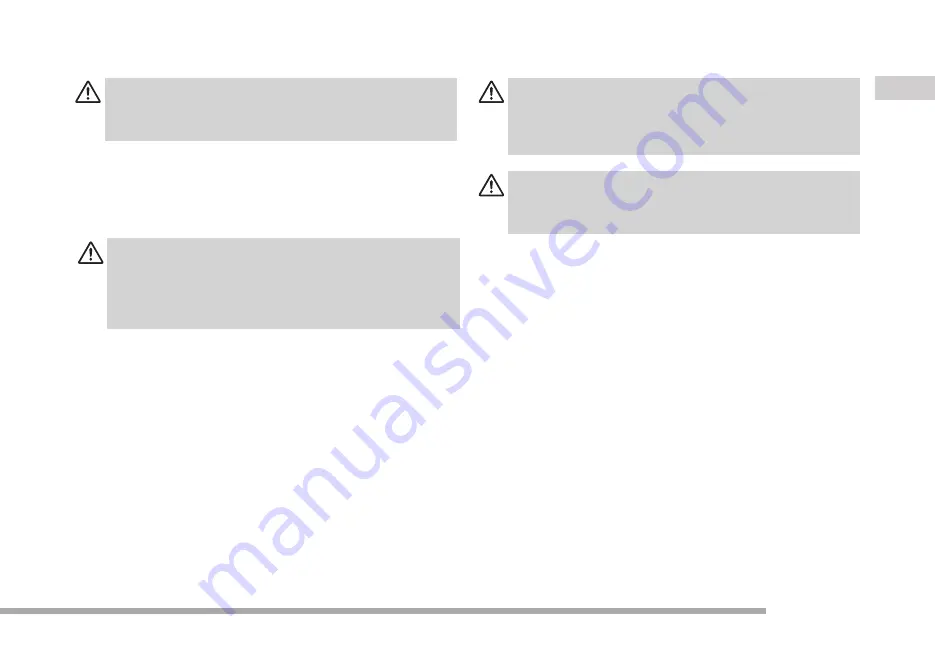
3
cramer.eu
GB
EN
WARNING!
Make sure there is nothing or nobody in the area where the
branches will fall.
•
Stand opposite the branch you want to cut.
•
Start cutting lower branches followed by the higher ones.
•
Cut downwards to prevent the bar from getting jammed.
Limbing tree branches
(see
Figure 5
)
Limbing means removing the branches from a felled tree.
WARNING!
Be careful of where the branches are lying on the ground, the risk of
them being under tension, the direction the branch may go during
cutting and the risk of the tree being unstable after the branch has
been cut.
When limbing, it is necessary to leave the lower, larger branches to support the
trunk on the ground. Remove the small branches with a single cut.
It is recommended to cut the tensioned branches working from the bottom
upwards to prevent the pole saw from bending.
MAINTENANCE
Adjusting the chain tension
(see
Figure 6.10.11
)
•
Untighten the chain cover lock nut slightly by turning it counterclockwise.
You do not need to remove the chain cover in order to adjust the chain
tension.
•
Rotate the chain adjustment screw clockwise to increase the chain tension
and rotate counterclockwise to decrease the chain tension.
•
Once the chain is at the desired tension, tighten the chain cover lock nut.
WARNING!
During normal saw operation, the temperature of the chain
increases. The drive links of a correctly tensioned warm chain will
hang approximately 1/16 in. (1,58 mm) out of the bar groove.
WARNING!
New chains tend to stretch; check the chain tension frequently
and tension as required.
Assemble the bar and chain
(see
Figure 6-11
)
•
Loose the lock nut and remove the chain cover.
•
The bar contains a bar stud slot that fits over the bar stud. The bar also
contains a chain tension pin hole which fits over the chain tensioning pin.
•
Place the bar onto the bar stud so that the chain tensioning pin fits into the
chain tensioning pin hole.
•
Fit the chain over the sprocket and into the bar groove. The cutters on the
top of the bar should face toward the bar tip, in the direction of the chain
rotation.
•
Replace the chain cover.
•
Remove all slack from chain by turning the chain tensioning screw
clockwise, assuring that the chain seats into the bar groove during
tensioning.
•
Lift the tip of the bar up to check for sag. Release the tip of the bar, and
turn the chain tensioning screw 1/2 turn clockwise. Repeat this process
until sag does not exist.
•
Hold the lip of the bar up and tighten the lock nut securely.
•
Chain is correctly tensioned when there is no slack on the underside of the
bar, the chain is snug, but it can be turned by hand without binding.
•
Tighten the lock nut.
NOTE:
If the chain is too tight, it will not rotate. Loosen the chain cover lock nut
slightly and turn the chain adjustment screw 1/4 turn counterclockwise. Lift the
tip of the guide bar up and retighten the chain cover lock nut. Ensure that the
chain will rotate without binding.


